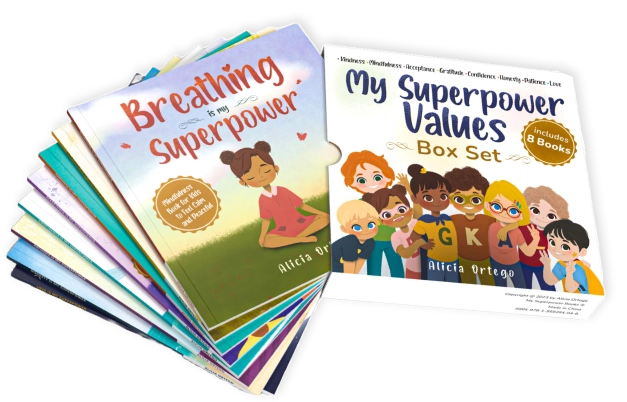Calming Strategies for Kids

People often forget that kids, like any other adult, are human beings who deserve to be treated with respect, care, and utmost love. It is the parents’ responsibility at home and teachers to offer guidance and support to kids whenever they need it. False. Kids are independent, and parents and teachers’ ultimate responsibility is to provide advice and support to kids all the time.
Kids have real feelings, and they need someone to be there to listen to them and acknowledge their feelings. They get excited and can have serious struggles that slow down their ability to be productive.
When kids get frustrated, overwhelmed, or upset, they need someone to be there for them. Someone who calms them down and reassures them that everything is going to be okay. Suppose you are a parent or a teacher, and you wonder how to calm down a kid. In that case, this article will explore three calming strategies that are practical, therapeutic, and productive in nature.
1. Reading with your kid

This does not mean that you hand your kid a book to read to themselves while you read your book. In times of difficulty, especially, kids love to be read to. Grab your kid’s favourite book and read it to them calmly, page by page.
For example, when your kid is upset, you can tell him or her, “Hunnie, I know you are upset. I want you to take three deep breaths, then I am going to read to you your favourite book.” This is reassuring to your kid, and it develops the trust that there is someone who loves them. This will create a safe environment, which makes your kid calm.
2. Do a craft or an activity with them
Kids can be very creative, and doing a craft with them is an excellent way to help them overcome the day’s struggles.
You would be amazed at how therapeutic this can be. Not only does this help kids calm down, but it also keeps their minds active with good and creative thoughts, which in turn helps them to control their emotions.
It gets overwhelming for kids to spend the whole day indoors. Make sure to do an activity with them outside the classroom or in the back yard when at home. Outside activities help kids release the bad energy. The outdoor activities help them free up their minds, which in turn helps them calm down. For example, when your kid is upset, you can offer to take them for a walk, drive, or run.
Other activities may include making a fort with them, playing their favourite video game with them, or giving them the freedom to choose dinner for that day.
3. Listen to them and acknowledge their struggles
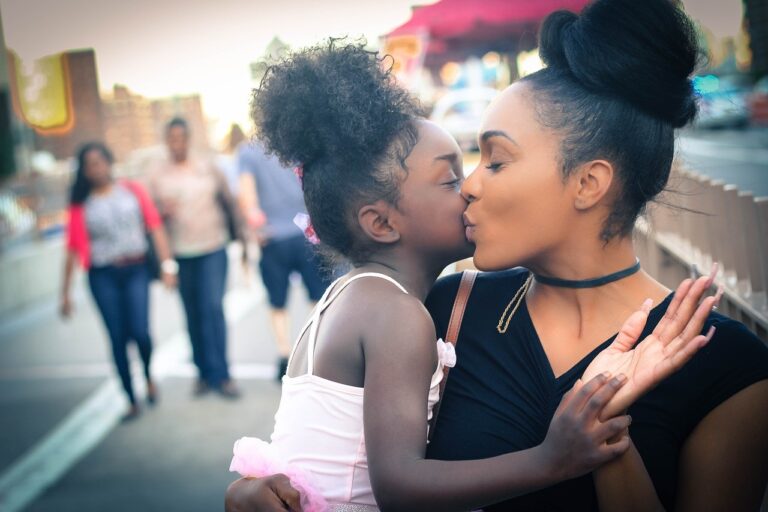
Being an adult does not make you superior to a kid. Kids deserve someone to listen to them the same way adults seek an ear to hear them. When your kid expresses frustration to you, don’t disregard how he or she feels.
Acknowledge their feelings. Reassure them that everything is going to be okay. Teach them self acceptance and understanding others. Kids thrive well around loving, trustworthy, and understanding parents and teachers.
For example, when two kids approach their parents with the same issue from school. One parent is supportive, acknowledges, and makes a follow up with the school. The other parent disregards his or her kid’s concern and tells them to be strong. The likelihood that the kid with a supportive parent will feel safe to go back to school is higher than the kid whose parent disregarded their concern.
Wrap Up
Even though other calm down strategies haven’t been mentioned in this article, these three strategies deserve to be implemented to help kids overcome their struggles.
When kids don’t feel safe, they become worried, so you must be responsible as parents, guardians, or teachers to be available for your kids.
Ensure you are a part of the activities when you choose to follow these tips because part of calming down is your kid knowing that someone supports and loves them.
More articles
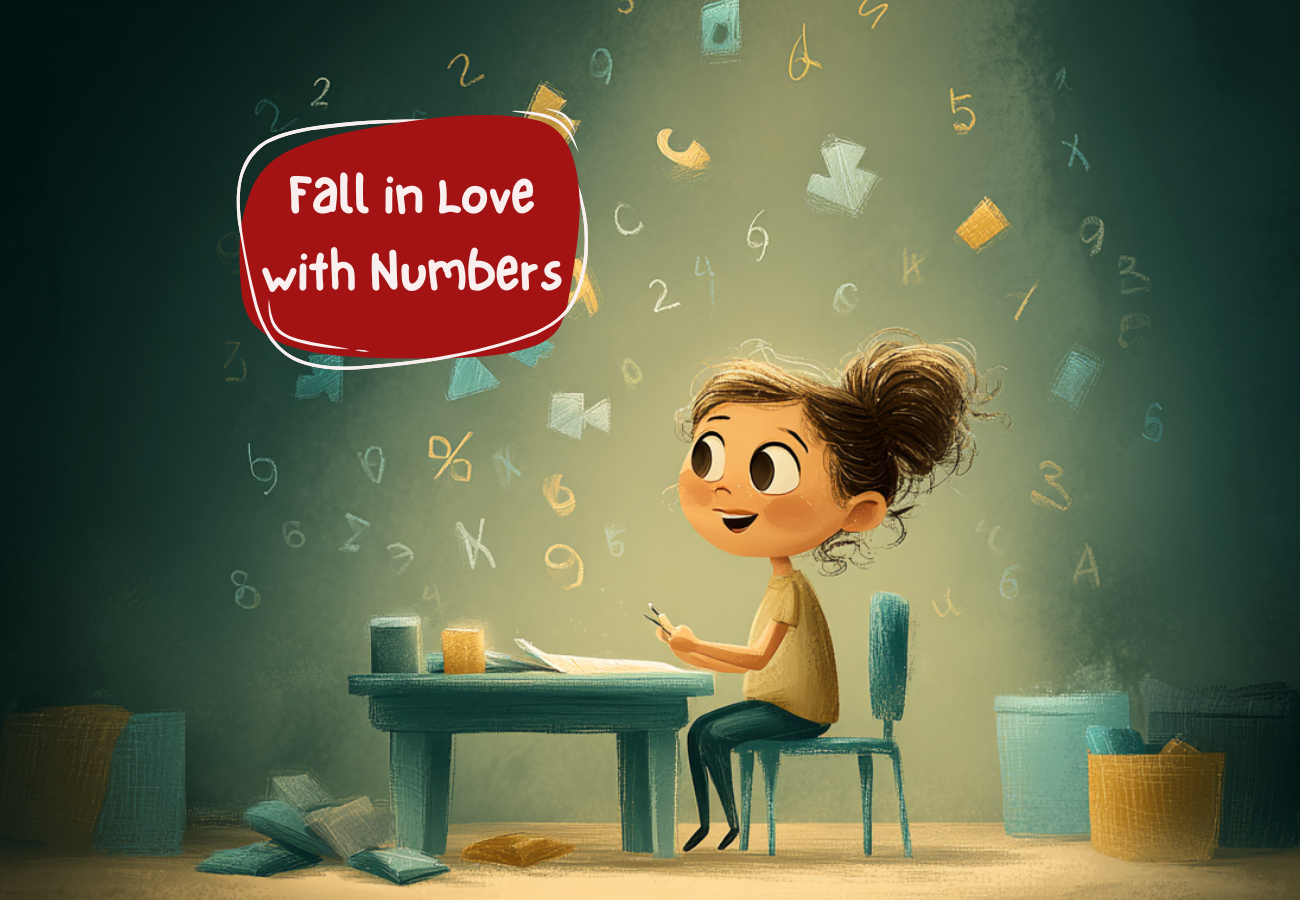
How to Help Your Kindergartener Fall in Love with Numbers
Many parents worry about helping their child get ahead in areas like math, but the truth is that early math success isn’t about being the quickest one to memorize the most. What really matters is helping your kindergartner feel confident and comfortable to just explore numbers. At this age, math should feel more like a […]
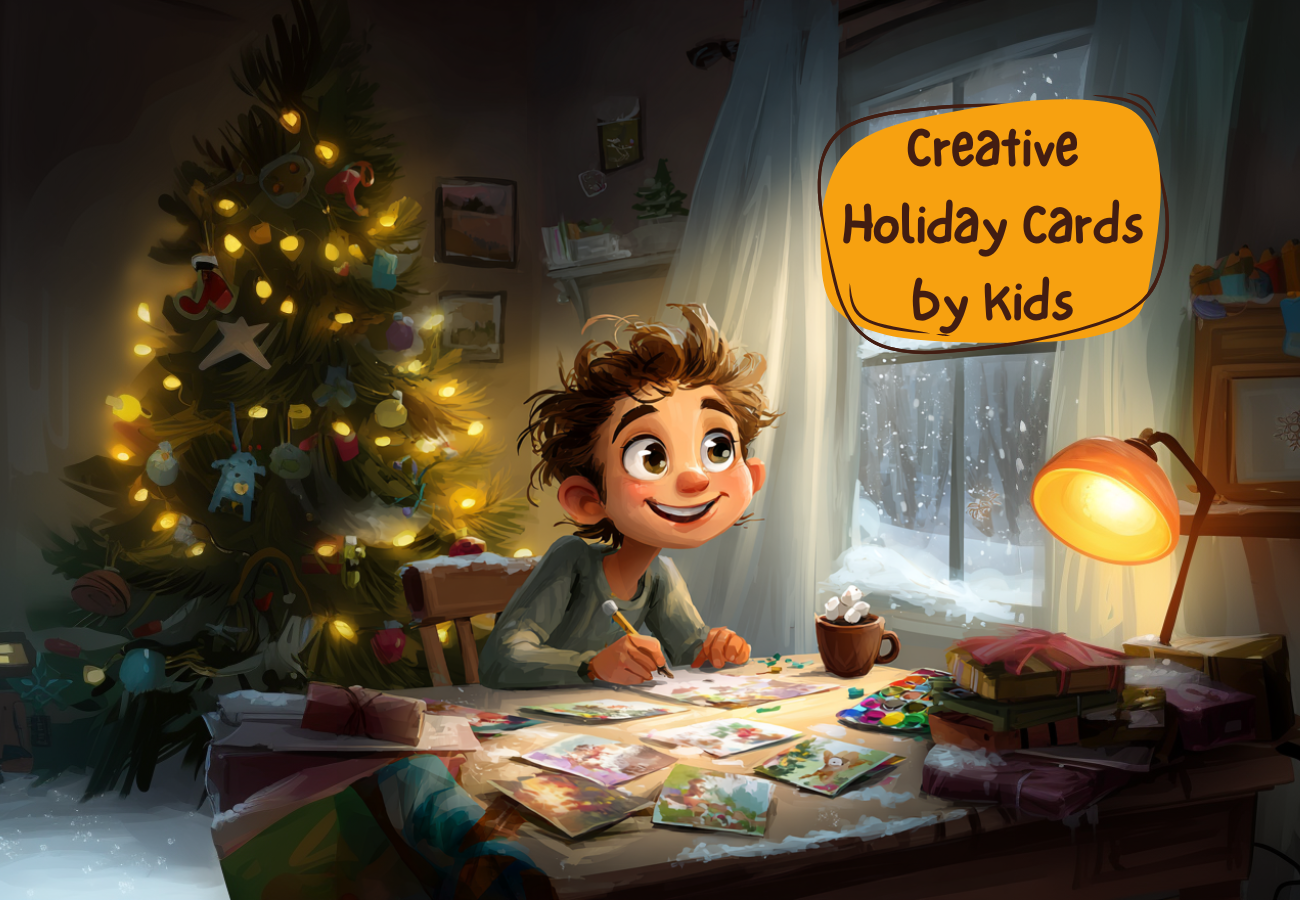
How Children Are Able to Dispatch Meaningful Holiday
The Christmas season is an occasion that brings happiness, warmth, and the ideal moment that children can bring their loved ones close and far. Although digital messages are now the new phenomenon, there is something very special about getting a physical card in a mail-box. More so with all the special touch of a child. […]
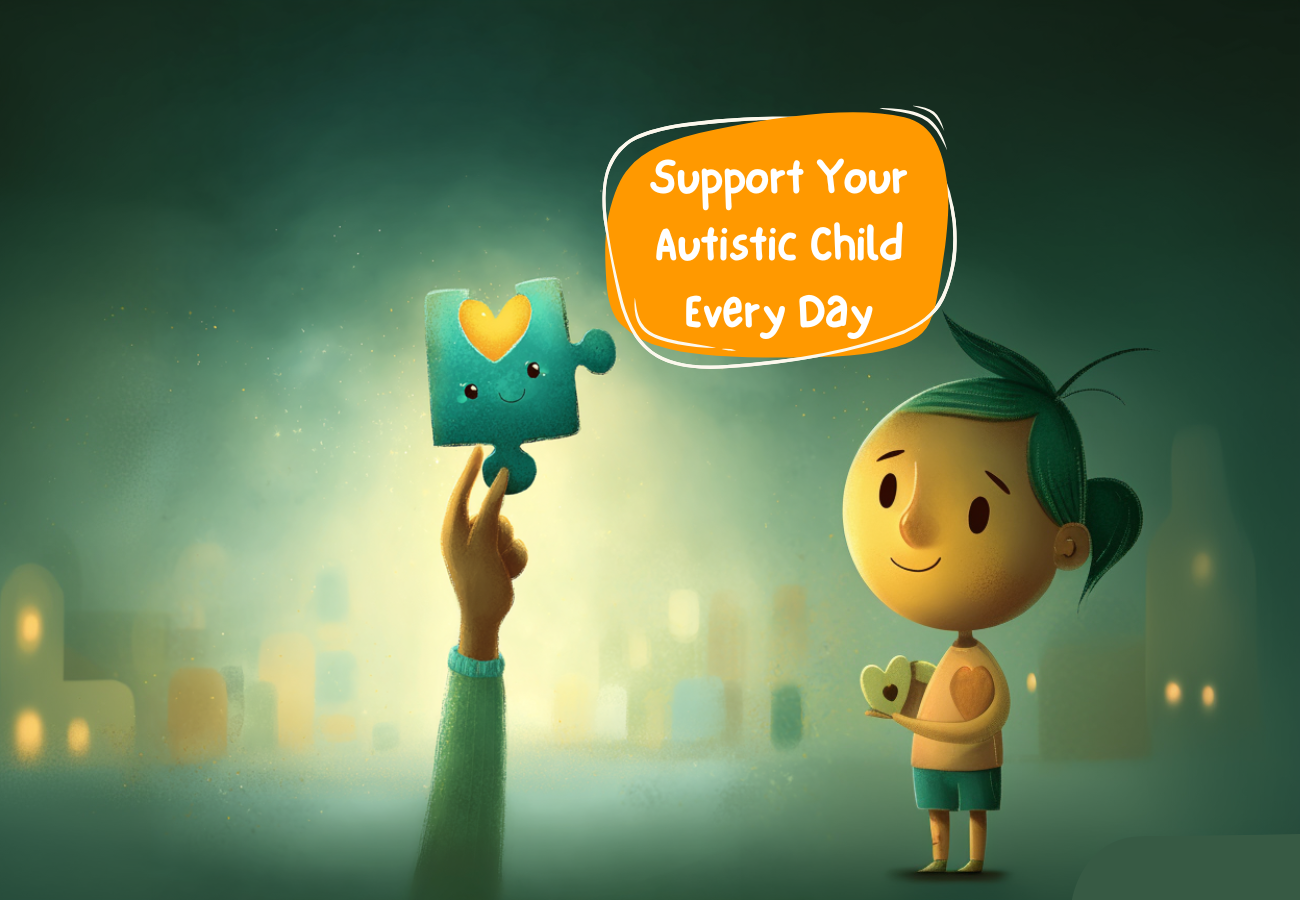
Practical Ways to Support Your Autistic Child Every Day
Autism is something many people still don’t fully understand, and that lack of understanding often leads to unfair assumptions. Some see certain behaviors as bad manners or poor parenting, when in reality, autism is a neurological condition that affects how a person communicates, learns, and experiences the world. For parents, receiving a diagnosis can feel […]



